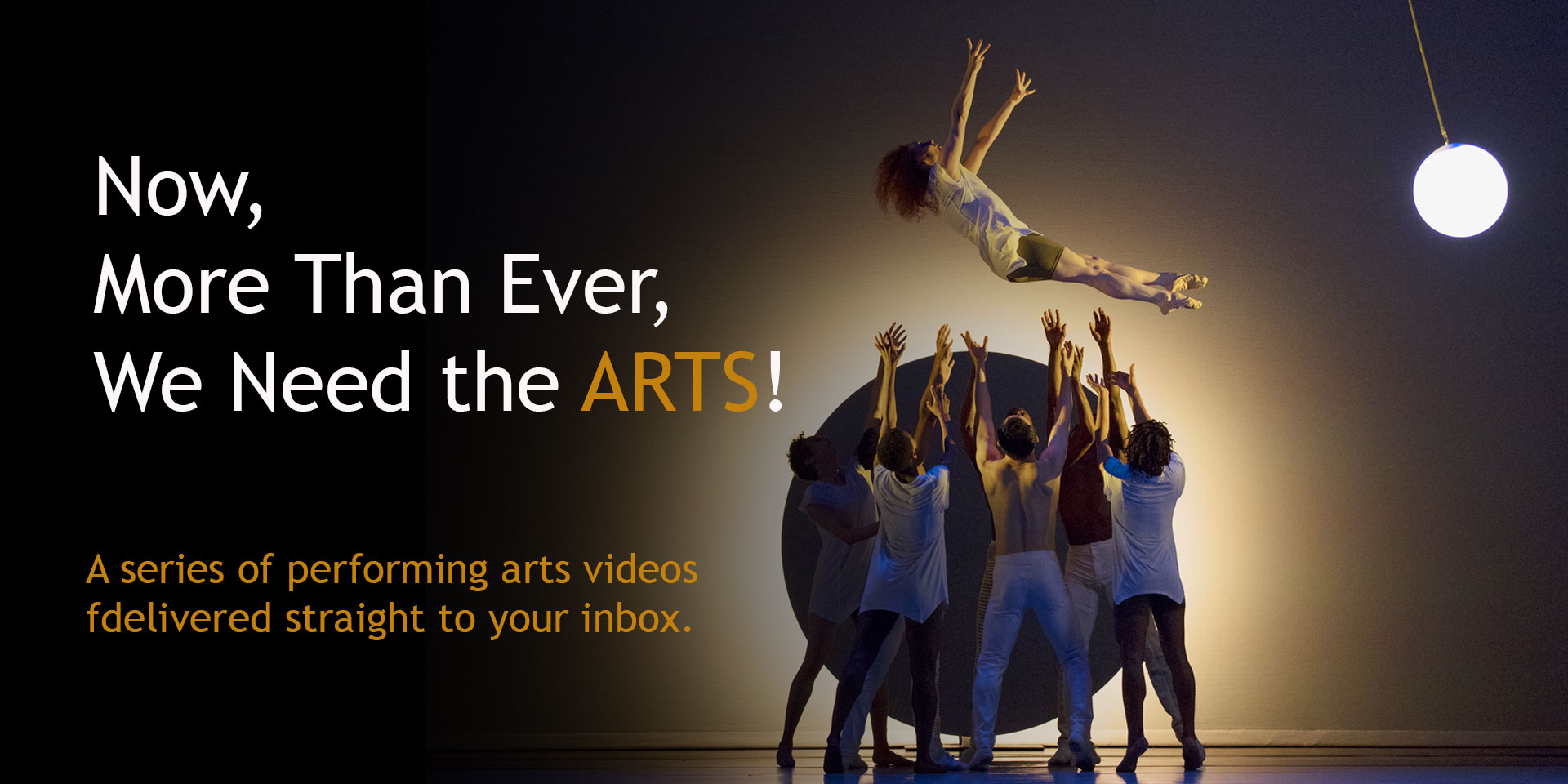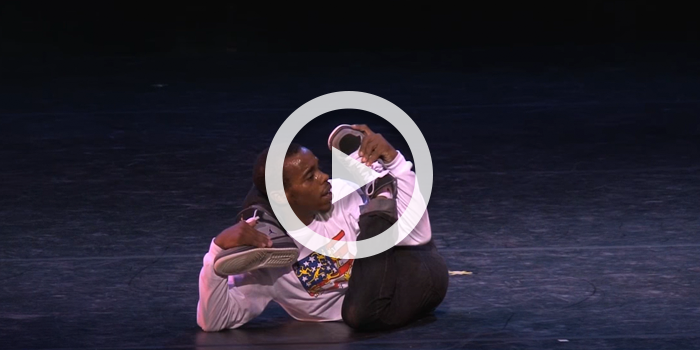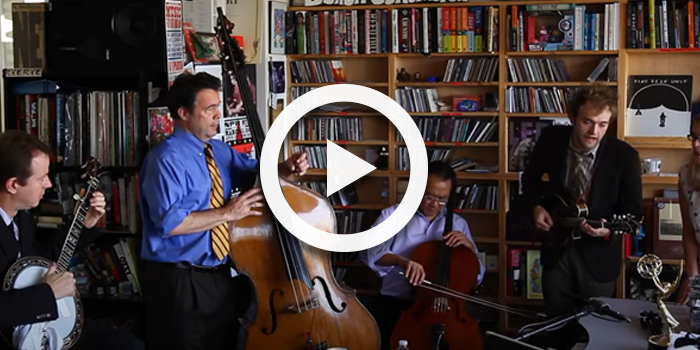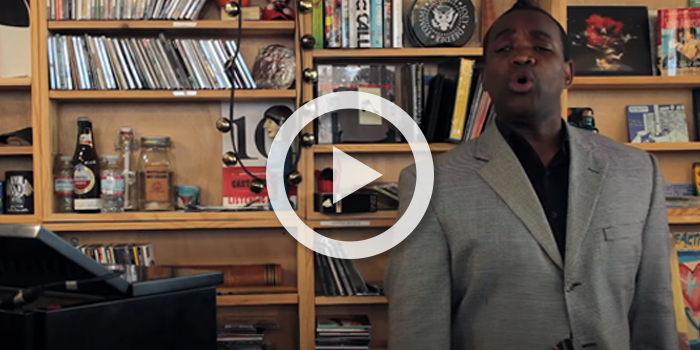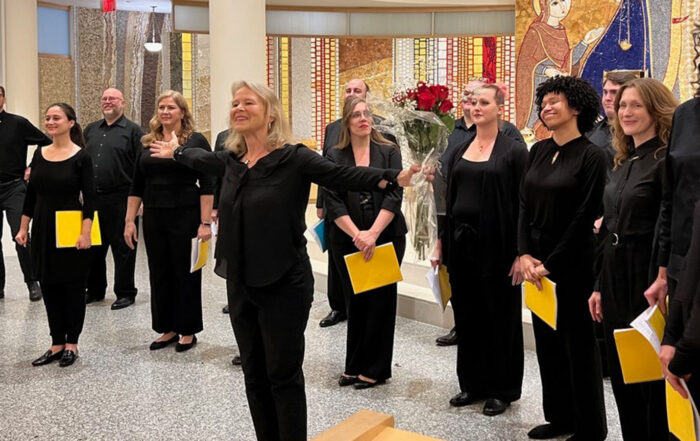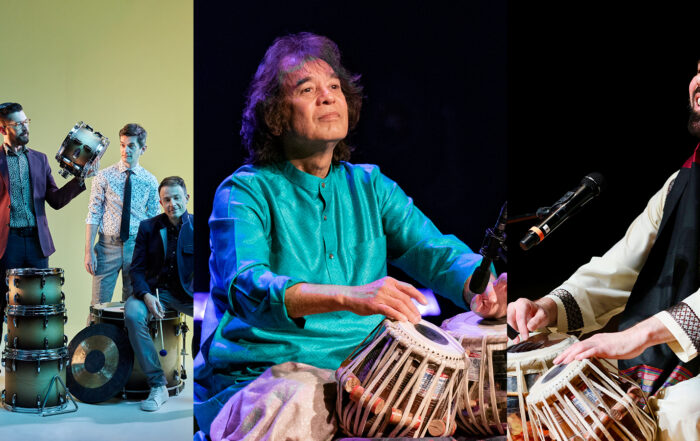In the spirit of solidarity in condemning hate crimes aimed at Asians and Asian Americans, this issue hopes to draw attention to a deep well of artistic accomplishment—the boundless contributions to world culture by performers and creators of Asian descent.
Now, More Than Ever
Celebrating great performances, past and present.
As a light begins to shine on the horizon and we move toward recovery from the current pandemic, Cal Performances joins our entire audience in looking forward to a return to live presentations in our UC Berkeley concert halls. Surely, that day can’t arrive soon enough!
Since March 2020, and through the pandemic’s darkest days, Now, More Than Ever has continued to celebrate the performing arts’ unsurpassed ability to express the strength and resilience of the human spirit. Through these blog posts, we have enjoyed upwards of 300 memorable performances by the world’s most accomplished and inspiring artists.
Cal Performances hopes you’ll continue to enjoy these YouTube-led virtual journeys—presentations designed specifically for our adventurous and eclectic audiences—until, that is, we can share such experiences together again, live, and under the same roof.
Most importantly, we continue to encourage one and all to find time—each and every day—for the performing arts!
Curated by Jeremy Geffen, Executive and Artistic Director, Cal Performances
Issue 59
Gustav Mahler said it best: “Spring won’t let me stay in this house any longer! I must get out and breathe the air deeply again.”
I know we all share that sentiment and also that, at last, we are now finding it possible to look to the future with some degree of real optimism. While pandemic-related caution—along with healthy dose of common sense (keep wearing those masks!)—is still very much the order of the day, we enter April this year united in our hope for a soon-to-come return to normal.
Today’s Now, More Than Ever might be just a few weeks late in welcoming springtime (not to mention recognizing Easter and Passover and the return of the cherry blossoms), but we’d still like to take the opportunity to acknowledge the many other pleasures of the season. And for anyone reading this who is still feeling the effects of the pandemic, my hope is that the coming weeks and months offer one and all the promise of better days ahead.
Echad Mi Yodea
Ohad Naharin, choreographer
Batsheva – The Young Ensemble
In honor of the recent Passover season, I’m delighted to revisit Ohad Naharin’s spectacular Echad Mi Yodea, first seen in Issue 6 of NMTE (April 13, 2020).
This is perhaps Naharin’s most famous piece, created in 1990 and his first full-length work as artistic director of Israel’s Batsheva Dance Company. It’s based on a traditional Passover cumulative song (one that is modified by progressive additions so that each verse is longer than the one before). Evidently, it looked quite different when it was introduced (the dancers wore khaki work shirts and shorts), although the idea remains the same. But what does it all mean? This has been the subject of much debate, with Naharin himself remaining silent on the issue (although he has said that “every movement is charged with meaning”).
Dressed in solemn black attire (business suits? the garb of orthodox Jewry?), the dancers collectively react to the soundtrack, a song familiar to many as part of the Passover Seder that recites the 13 principles of God so fundamental to the Jewish faith (“two are the tablets of the covenant, three are the Fathers, four are the Mothers, five are the books of the Torah,” etc.), always returning to the line “One is our God, in Heaven and on Earth,” which all (but for a single dancer) stand and proclaim in unison. You’ll find here a powerful and expanding vocabulary of choreographic gestures that gather meaning and weight as the work plays out. I love the moments of collective stillness, the dancers with heads in hands, slumped over their chairs. This seven-minute piece has been around for more than 30 years and people are still talking about it.
Today, Echad Mi Yodea is often seen as part of Naharin’s ever-evolving Deca Dance, a larger work that includes many excerpts from his previous works.
Bach: “Kommt, ihr Töchter” from St. Matthew Passion
Royal Concertgebouw Orchestra
Netherlands Radio Choir
National Children’s Choir
Iván Fischer, conductor
(Please note: This section ends at 7:57, but the entire performance is so exceptional, I hope you’ll find time to watch it in full.)
Few pieces signal Easter better than Bach’s St. Matthew and St. John Passions. Here’s a particularly moving performance of the former’s opening chorus from Amsterdam’s Royal Concertgebouw Orchestra, led by Hungarian conductor Iván Fischer. What strikes me first and foremost is how Fischer has configured his forces—everyone drawn inward and close to the podium, woodwinds in front of the strings, even a huddled children’s chorus up front, virtually under the conductor’s nose; it’s very much a “Gather around while I tell the story!” moment.
I’ll also mention that Amsterdam has been a center of the historically informed performance movement for decades now, and that the Concertgebouw Orchestra is quite skilled in working with so-called “period” conductors; more than many other ensembles, this one is well-accustomed to making those subtle shifts that reflect the values of period performance, even when playing on modern instruments, as they do here.
Come, ye daughters, help me lament,
Behold! Whom? The Bridegroom.
Behold him! How? Like a lamb.
Behold! What? Behold his patience.
Behold! Where? Behold our guilt.
Behold Him, out of love and graciousness,
Himself carrying the wood of the cross.
O guiltless Lamb of God,
Slaughtered on the stem of the cross,
Always found patient,
Although thou wast despised.
All sin hast thou borne,
Else we must have despaired.
Have mercy upon us, O Jesus.
Wagner: Good Friday Spell from Parsifal
Jonas Kaufmann (Parsifal)
René Pape (Gurnemanz)
Nina Stemme (Kundry)
Bavarian State Opera
Kirill Petrenko, conductor
Wagner actually excerpted this section of Parsifal to be performed without voices, so he obviously felt the orchestral music could stand on its own, but I love encountering it as originally written, such as here, with the Bavarian State Opera conducted by Kirill Petrenko (at the time, music director of that house, but now chief conductor of the Berliner Philharmoniker). In this production, the excellent conductor and instrumentalists meet their match in the powerful contributions from three of the most important singers of their generation in the roles of Parsifal, Gurnemanz, and Kundry (who, alas—and with apologies to all of you Nina Stemme fans—doesn’t sing in this scene).
At the beginning of Act III, Parsifal returns from years of searching for the Holy Spear (it was used to pierce Jesus’ side as he hung from the cross), which has the power to heal the wound of the ruler Amfortas. Here Parsifal reflects on the beauty of nature. Gurnemanz, a wise father figure, tells us that this is the spell of Good Friday, when nature reflects the world redeemed.
Of course, there are inescapable religious overtones to this piece, but when I think of Parsifal, I recall my first experience with the work, when I was skeptical as to whether or not I could make it through all five-and-a-half hours. Once the opera started, however, I found that the hours passed more quickly than I could possibly have imagined, and that Wagner indeed creates a world almost outside of time.
What a luxury to hear Jonas Kaufmann sing the title role with such assurance and profundity. And René Pape, who essentially owns the role of Gurnemanz, performs with a sense of gravitas and wisdom that is extraordinarily touching. All in all, this is a wonder.
(An English translation of these lyrics will be found at the end of this blog post.)
“Sakura”
Kasumi Watanabe, 25-string koto
I wanted to share this lovely performance by Kasumi Watanabe on the 25-string koto, given that the flowering of the cherry blossoms (in Japanese: sakura) between mid-March and the beginning of May is such a big event, not only in Japan but everywhere the trees can be found. And then I discovered another video, about the sakura trees on Portland’s waterfront and the history of how they wound up there, a story that underlines our country’s complicated history with race, immigration and othering.
Le Sacre du printemps (Pina Bausch version): Introduction, Augers of Spring, Ritual of Abduction, and Spring Rounds
Choreography by Pina Bausch
Music by Igor Stravinsky
I thought it would be interesting to end today’s NMTE with a look at two radically different dance interpretations of Igor Stravinsky’s classic The Rite of Spring: the first (a production we also looked at last year, in Issue 8 of NMTE), by Germany’s late and great queen of dance-theater, Pina Bausch, and the second a stunning and painstaking reconstruction of the work’s original 1913 production, which received one of the most dramatic and memorable premieres in ballet history. Bausch’s 1975 version is much more elemental and abstract than the 1913 Rite and provides a rich contrast to the work of the original creators.
We’ve been digging around but can’t seem to find mention of the conductor and/or orchestra in this performance. If you know anything, please drop me an email and we’ll correct the record.
Le Sacre du printemps (reconstruction of 1913 version): Introduction, Augers of Spring, Ritual of Abduction, and Spring Rounds
Choreography by Vaslav Nijinsky
Music by Igor Stravinsky
Décor and costumes by Nicholas Roerich
Mariinsky Ballet and Orchestra
Valery Gergiev, conductor
(Please note: This section ends at 12:43.)
We all know about the riot that broke out in the audience on that legendary May night in 1913, when Le Sacre enjoyed (survived?) its premiere by Sergei Diaghilev’s Ballets Russes at Paris’ Théâtre des Champs-Élysées. (Here Vaslav Nijinsky’s infamous choreography is resurrected by Millicent Hodson, and Nicholas Roerich’s décor and costumes are recreated by Kenneth Archer.) The impassioned response of that first audience was almost certainly due more to Nijinsky’s work than Stravinsky’s, even as bracing as the music would have sounded at the time. One look at the dancers will make it clear why—their inverted feet, the overall feeling of primitivism that Nijinsky was striving for: it all came off as something extremely “anti-ballet.” It was also a sign of things to come, with Europe poised on the brink of the First World War and the perhaps unavoidable reevaluation and rejection of past traditions.
ENGLISH TRANSLATIONS
Wagner: Good Friday Spell from Parsifal
GURNEMANZ:
(empties the phial over Parsifal’s head, gently strokes it and then folds his hands upon it)
Thus, was it promised to us;
thus do I bless your head,
as king to greet you.
Pure of heart!
Pitying sufferer,
enlightened healer!
As you have endured the sufferings of the redeemed,
lift the last burden from his head!
PARSIFAL:
(unnoticed, he scoops up water from the spring, bends over Kundry, still kneeling before him, and sprinkles her head.)
My first office I thus perform:
Receive this baptism,
and believe in the Redeemer!
(Kundry bows her head to the ground and appears to weep bitterly)
(Parsifal turns and gazes in gentle rapture on wood and meadow, which are now glowing in the morning light)
How fair seem the meadows today!
Once I came upon magic flowers
which twined their tainted tendrils about my head;
but never did I see so fresh and charming
the grass, the blossoms and flowers,
nor did they smell so sweet of youth
or speak with such tender love to me.
GURNEMANZ:
That is the magic of Good Friday, my lord!
PARSIFAL:
Alas for that day of utmost grief!
Now, I feel, should all that blooms,
that breathes, lives and lives anew
only mourn and weep!
GURNEMANZ:
You see that it is not so.
It is the tears of repentant sinners
that today with holy dew
besprinkle field and meadow:
thus they make them flourish.
Now all creation rejoices
at the Savior’s sign of love
and dedicates to Him its prayer.
No more can it see Him Himself on the Cross;
it looks up to man redeemed,
who feels freed from the burden of sin and terror,
made clean and whole through God’s loving sacrifice.
Now grasses and flowers in the meadow know
that today the foot of man will not tread them down,
but that, as God with divine patience
pitied him and suffered for him,
so man today in devout grace
will spare them with soft tread.
Thus all creation gives thanks,
all that here blooms and soon fades,
now that nature, absolved from sin,
today gains its day of innocence.
(Kundry has slowly raised her head again and looks up at Parsifal with tearful eyes, in calm and earnest entreaty)
Now, More Than Ever Full Playlist
Now, More Than Ever Spotify Playlist


